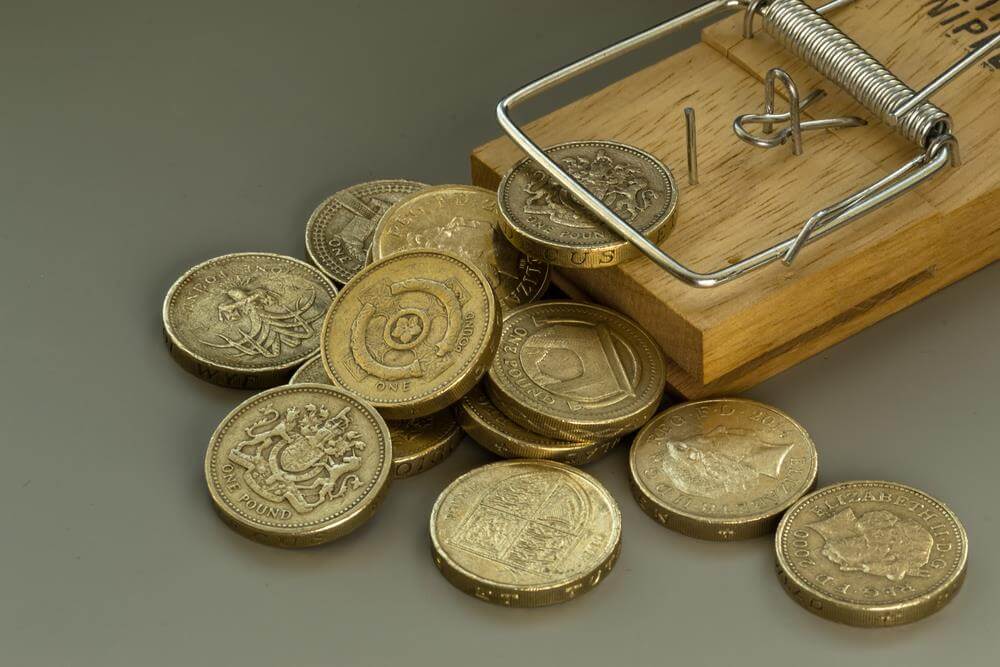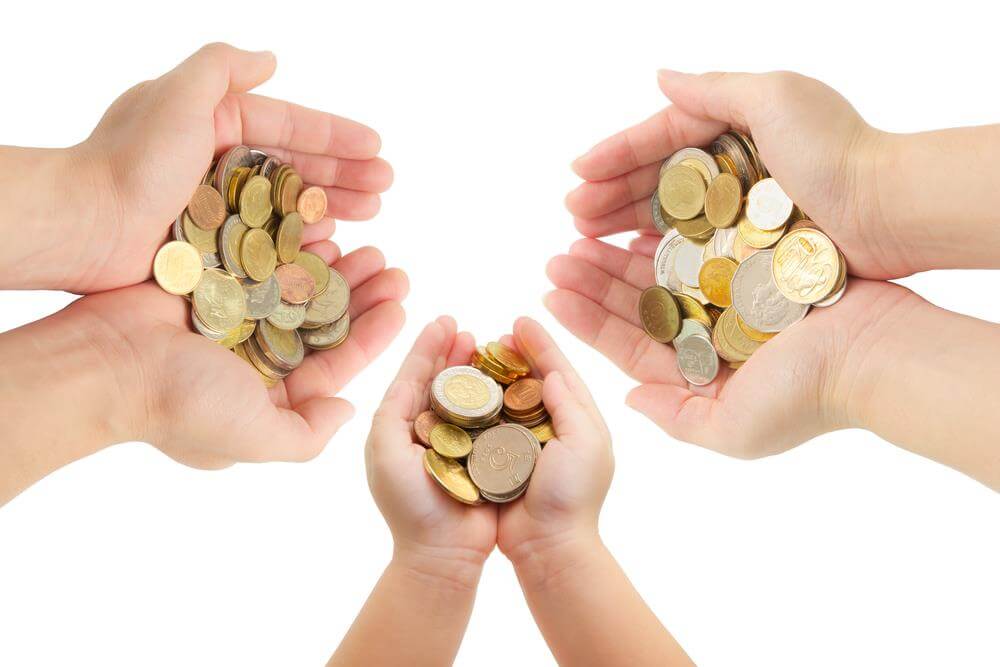
Markets have more upside potential despite second wave fears
By Luc Filip, head of private banking investments at SYZ Private Banking
While fears of a second wave of coronavirus bring renewed volatility to Europe and the US, investors are looking East for reassurance. China, which entered the pandemic three months ahead of the rest of the world – and now boasts positive economic growth – offers a useful template for the trajectory of the rest of the developed world.
As witnessed in China, we expect a significant pickup in activity from Europe and the US now that social distancing measures are relaxed. The downward trend has finally slowed in these areas and economic indicators have risen above April lows, marking a positive first step in this direction. This was, and will likely continue to be, led by activity in the service and consumption sectors, as social distancing measures are lifted further and people learn to live in the new post-Covid environment.
We anticipate the recovery will be faster than consensus expects, with the real possibility most economic activity could return close to pre-crisis levels by the beginning of next year. In fact, we believe the unprecedented amount of fiscal and monetary policy stimulus might fuel a temporary overshoot of economic growth in 2021 – before falling back toward more subdued long-term trends.
Despite the very real risk of a second wave, of which we are already seeing signs, we do not believe this will result in another full- blown lockdown in developed countries. Instead, we would likely see more targeted measures, which would not derail economic recovery. Nevertheless, the recovery will remain concentrated in developed countries following in China’s footsteps, while the rest of the developing world – countries mostly dependent on manufacturing and commodity export – are likely to experience a far less robust recovery.
Positioning for recovery
Before these positive developments are fully priced in by markets, now is still the time to increase risk exposure. But with ultra-low bond yields and sky-high equity valuations, many investors do not know where to turn. The key is to consider every aspect of an asset’s characteristics, including its merits compared to the available alternatives, as there is always relative value to be found.
Equity valuations, which regained pre-crisis highs in some sectors, may appear expensive given the current economic situation. However, it is necessary to go beyond purely intra-equity market metrics and consider equity valuations within the current rate environment. Taking into account the excess return currently offered by stocks over cash and bonds, equities are not expensive at all. In the US, this equity risk premium is close to a historic high. Therefore, combining both internal equity metrics and risk premia, we still see value in equities.
Covering all bases
Nevertheless, our confidence in the economic recovery does not discount the high probability of volatility in the markets – due to downside risks such as the speed of the recovery, the geopolitical situation, the likelihood of a second wave and a second lockdown.
Therefore, diversification is crucial – across asset classes, regions and sectors. In the eventuality of a negative surprise, our exposure to gold, long treasuries and hedging equity strategies will protect the portfolio. Meanwhile, we increased our exposure to US and European equities in May through passive instruments to obtain wide-ranging coverage across all sectors. We also took advantage of the recent lower volatility to purchase additional portfolio protections as they became cheaper.
Another key to managing downside risk is to focus on quality. We prefer holding proven quality assets which are continuing to perform well – even if they are more ‘expensive’. On the equities side, this means stocks with strong balance sheets, cashflow and brand, which are well positioned for the new normal of digitalisation – such as Google, Mastercard and L’Oréal. On the credit side, we reduced our exposure to high yield, as we anticipate a painful recovery for many companies, and reinvested the money into investment grade corporates – which are supported by the Federal Reserve’s purchasing programme.
Generating performance while managing risk requires a flexible active approach to asset allocation. Through the crisis, our preference for quality, rigorous diversification and tactical protection have enabled our portfolio to participate in the market recovery, while mitigating downside risk.

























